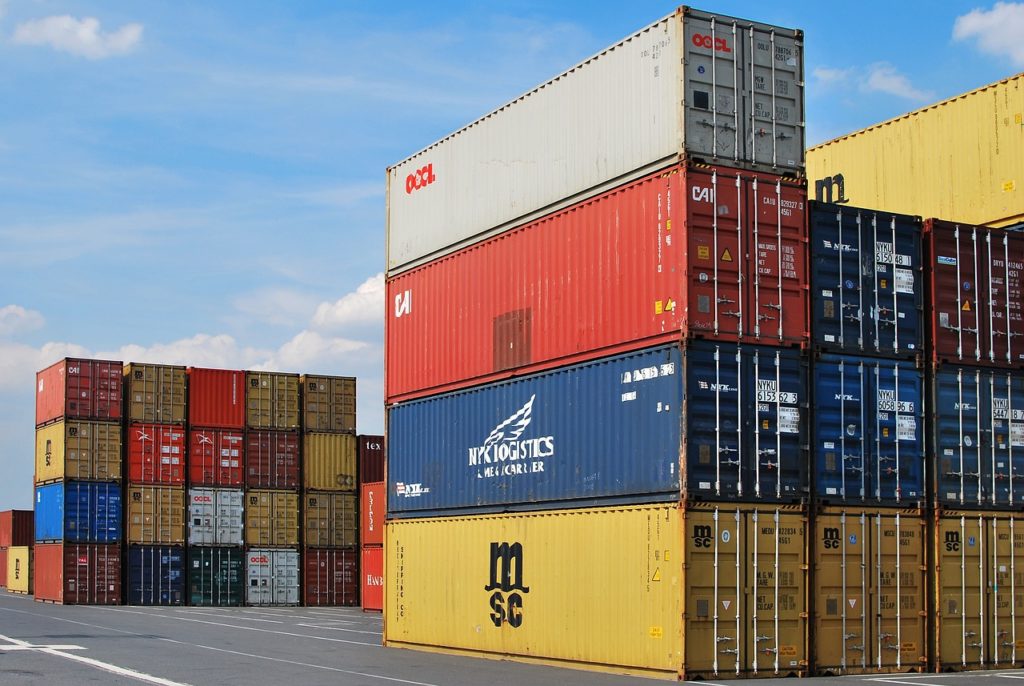Overview
The COVID-19 pandemic brought unprecedented challenges to businesses worldwide, causing widespread disruptions in supply chains and operations. To support struggling businesses, the U.S. government introduced the Employee Retention Tax Credit (ERTC), a crucial relief measure. One of the specific qualification criteria for the ERTC is that a business must have experienced supply chain disruption issues due to government orders related to COVID-19. In this comprehensive article, we will delve into the specifics of the ERTC qualification, focusing on the impact of supply chain disruptions stemming from government orders during the pandemic.
ERTC Indiana – Find Out How Much You Qualify For In ERTC Funding Today!
Understanding the Employee Retention Tax Credit (ERTC)
The Employee Retention Tax Credit (ERTC) was established as part of the Coronavirus Aid, Relief, and Economic Security (CARES) Act in March 2020. Its primary purpose was to provide financial assistance to businesses struggling to retain employees during the pandemic’s economic downturn. Over time, the ERTC was expanded and extended through subsequent legislation to provide further support to businesses in need.
ERTC Qualification Criteria
To qualify for the ERTC, businesses must meet specific eligibility requirements, one of which is experiencing supply chain disruption issues due to government orders related to COVID-19. This qualification criterion aims to address the challenges businesses faced when trying to maintain their operations and workforce amid government-imposed restrictions.



Impact of Government Orders on Supply Chains
Government orders, such as lockdowns, stay-at-home orders, and restrictions on non-essential businesses, had a direct impact on supply chains. The COVID-19 pandemic disrupted international trade, transportation, and manufacturing, leading to shortages of goods, components, and materials critical for businesses’ operations.
Supply Chain Disruptions and Qualification for the ERTC
To qualify for the ERTC based on supply chain disruption issues, businesses need to demonstrate how government orders directly affected their ability to access necessary supplies and resources. They must provide evidence of disruptions that resulted in production delays, increased costs, or halted operations, leading to a significant impact on their ability to retain employees.

Evidence of Supply Chain Disruptions
To substantiate the impact of supply chain disruptions on the business, employers should maintain detailed records and documentation. These documents may include correspondence with suppliers, evidence of shipment delays, cost increases for raw materials, and any other relevant information that illustrates the connection between government orders and the supply chain disruptions experienced.
Calculating the ERTC Based on Supply Chain Disruptions
The ERTC calculation is a complex process that takes into account various factors, including qualified wages and the number of full-time employees. For businesses that qualify based on supply chain disruptions, they can claim a tax credit equal to 70% of qualified wages paid to each employee, up to a maximum of $10,000 in qualified wages per employee per quarter.
Applying for the ERTC
Eligible businesses can apply for the ERTC by filing Form 941, the Employer’s Quarterly Federal Tax Return. This form allows employers to report wages paid to employees and the associated tax credits, including the ERTC. For the applicable quarters, eligible employers can reduce their payroll tax deposits or request a refund for any excess credit amount.
Considerations for Small and Medium-Sized Enterprises (SMEs)
Small and medium-sized enterprises (SMEs) faced unique challenges during the pandemic, especially regarding supply chain disruptions. Many SMEs rely heavily on just-in-time inventory management and may not have the financial resources to stockpile critical supplies. The ERTC served as a lifeline for such businesses, enabling them to retain their workforce during periods of supply chain uncertainty.
Government Aid and Business Continuity
The ERTC was one of several government aid programs aimed at providing relief to businesses during the pandemic. By supporting employee retention, the credit played a vital role in ensuring business continuity and financial stability for employers and employees alike.
Conclusion
The Employee Retention Tax Credit (ERTC) proved to be a lifeline for businesses facing supply chain disruption issues due to government orders related to COVID-19. By offering financial relief and incentivizing employee retention, the ERTC played a crucial role in helping businesses navigate the challenging economic landscape during the pandemic. Understanding the specific qualification criteria related to supply chain disruptions and government orders is essential for businesses seeking to leverage this credit. As the world continues to recover from the pandemic’s impact, the ERTC remains a valuable tool to support businesses on their path to recovery and growth.
